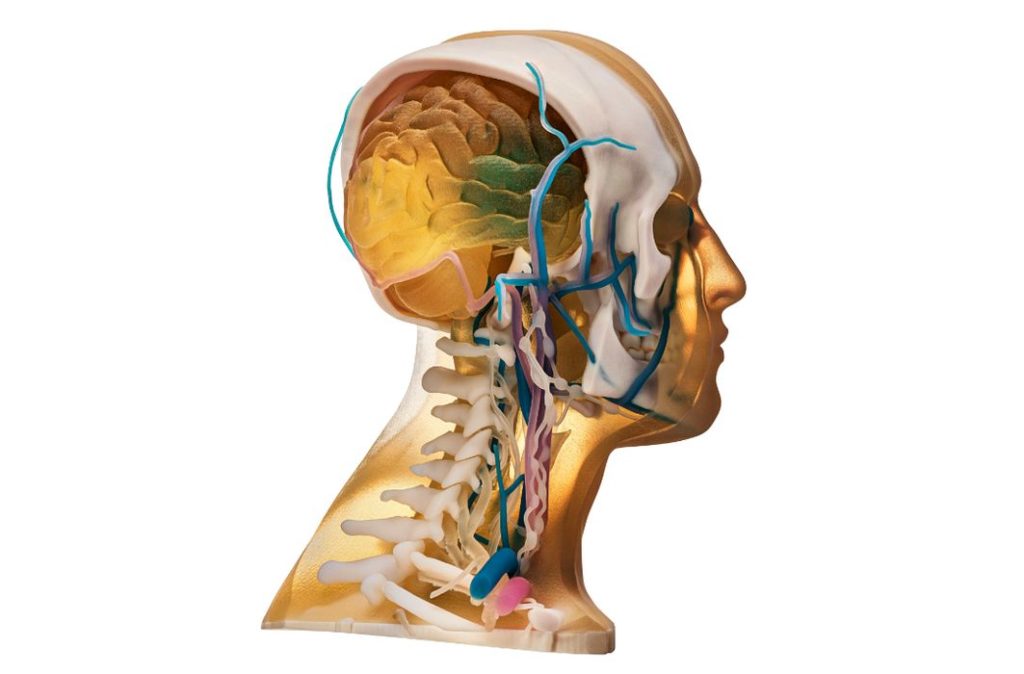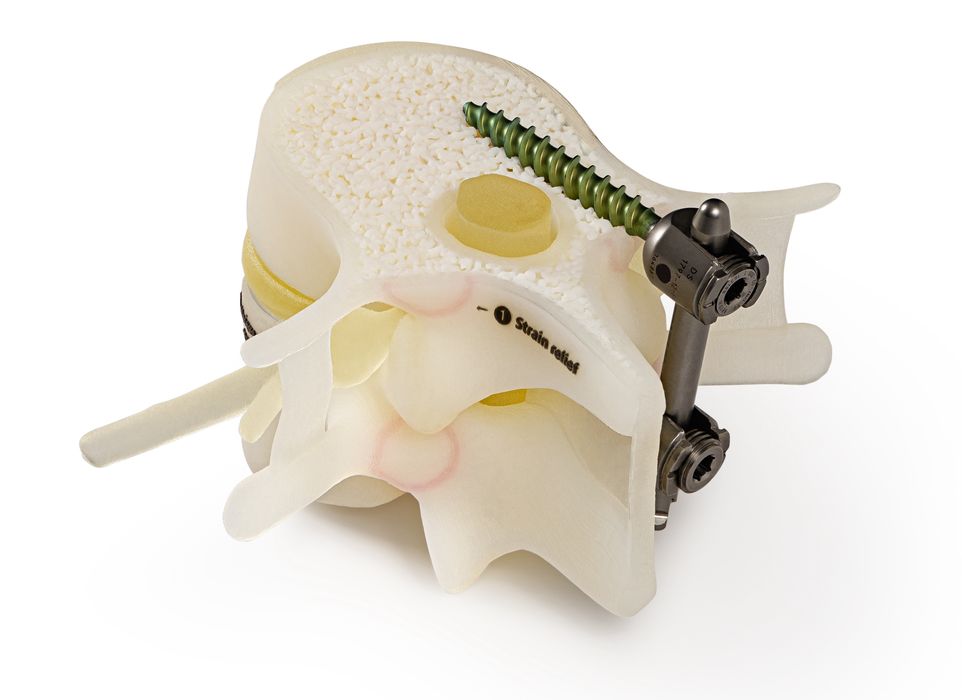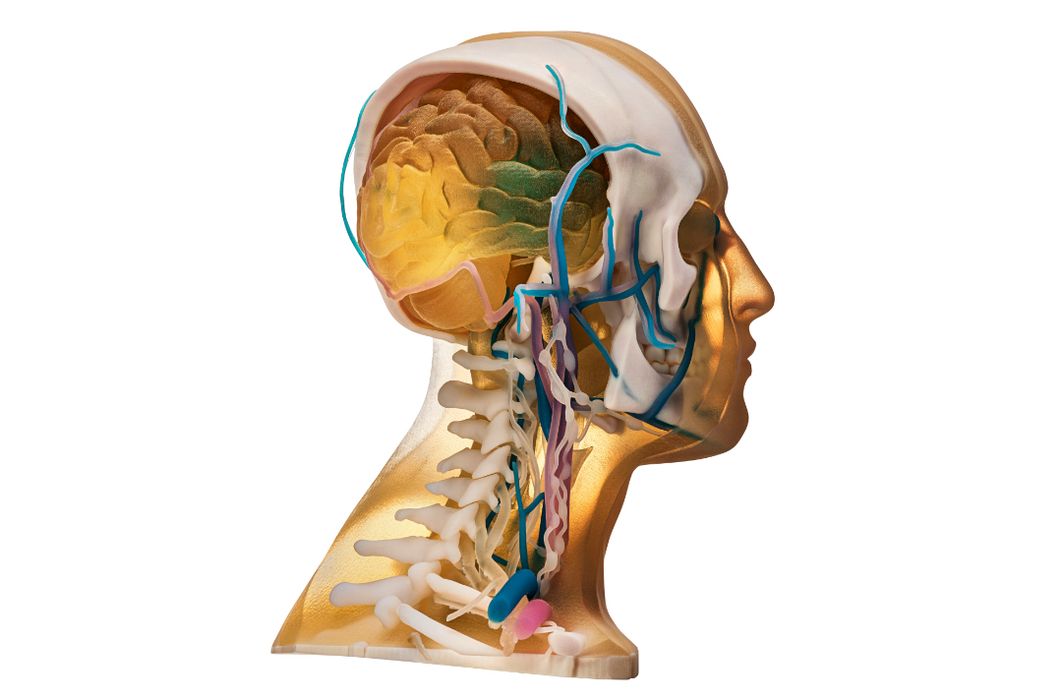
Stratasys Direct announced new anatomical consulting and 3D printing services.
The company is Stratasys’ main 3D print service, although it’s probably better to call them a manufacturing service these days, as they offer a wide variety of making services, well beyond Stratasys’ own equipment.
The new service leverages the company’s J750 Anatomy 3D Printer, announced in 2019. This is a variation of their popular J750 device, which is capable of 3D printing objects in any realistic color textures, including perfectly transparent material. It can also 3D print in different degrees of rigidity, allowing the production of flexible objects, for example. The company quickly introduced a “Digital Anatomy 3D Printing Portfolio” to assist with healthcare practitioners in preparing anatomical models with the J750.

The idea of anatomical models is powerful, because it allows, for example, surgeons to practice real operations on models that represent the patient’s actual tissues — including rigid bone and soft tissue. Stratasys explains how the service could be used:
“The J750 Digital Anatomy Printer can produce models that mimic the biomechanical properties of bone, vasculature, and organ tissues, allowing customers to recreate pathologies not accommodated by cadavers or animals. Healthcare providers and medical device manufacturers can use these models for device testing, medical training, or surgical preparation and consultation.”
However, preparing these models is a complex matter, and I suspect there are far more healthcare practitioners not using than doing so, in spite of the capabilities.
This may be one reason why Stratasys Direct is now offering anatomical 3D printing and associated consulting services. Let’s look at their statement:
“In the first 13 weeks of operation, as part of an invite-only beta service for top medical device manufacturers, Stratasys Direct has already 3D printed over 1,000 models, with each machine running more than 120 hours a week. Stratasys Direct worked with these beta customers to create anatomical models for product demonstrations, physician surgical training events, and internal product development activities.”
That’s a very good start, and it would seem they’ve managed to keep the unspecified number of J750 Anatomical 3D Printers busy. That’s the hallmark of a well-run service: if machines aren’t busy, they aren’t making money.
But on the other side, if a client buys a J750 Anatomical 3D Printer, they also have to keep the machine busy in order to justify their purchase. If a healthcare operation were not able to generate sufficient flow of anatomical print requests, then they likely cannot justify the purchase of a J750.
That may be the case, even if there are a few practitioners in the operation that do want to obtain anatomical models.
That’s where the new Stratasys Direct service comes in. It allows users to obtain anatomical 3D prints without the need to purchase a machine outright. In fact, it’s possible to use the service occasionally on a regular basis and still not require a machine purchase.
It may be that as practitioners use the anatomical models, their colleagues may observe and become interested themselves. In this way, the need for anatomical models can slowly grow within an organization, eventually becoming sufficiently large to justify a purchase.
In other words, this is a very good move by Stratasys.
Via Stratasys and Stratasys Direct

